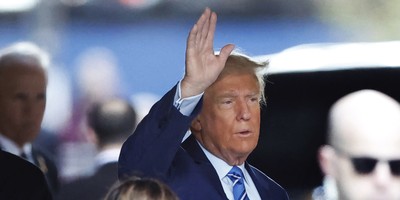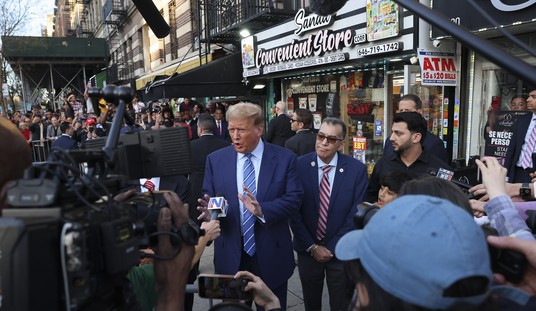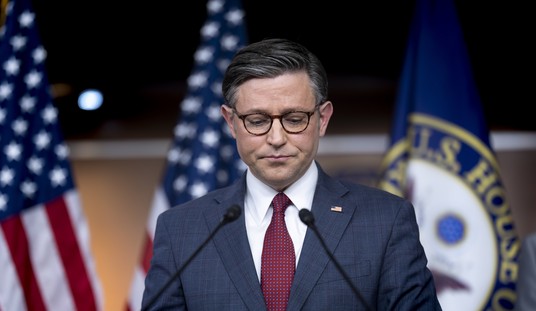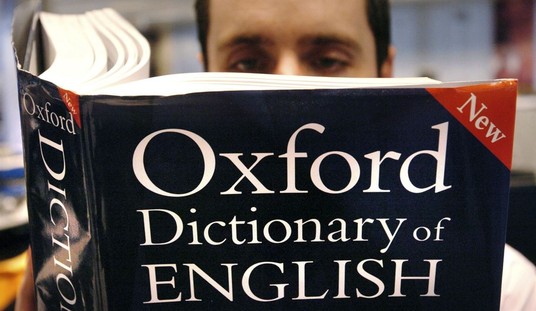On September 17, Americans will celebrate the 227th anniversary of the signing of the United States Constitution by the delegates to the Constitutional Convention. Convention President, George Washington, declared that it was “little short of a miracle” that deliberations were successfully concluded. Only three delegates who stayed to the end refused to sign the document and two of those, George Mason and Elbridge Gerry, later supported it with the promise that a bill of rights would be added.
Rhode Island’s ratification of the Constitution on May 29, 1790 made it unanimous among the original 13 states, but the new republic began to operate after the ninth state, New Hampshire, ratified it on June 21, 1788. For the first century, public reverence for the Constitution remained high, except among some abolitionists and slaveholders preceding the Civil War. That favorable view was also shared by great thinkers abroad. In 1878, the once and future Prime Minister of the United Kingdom, William Gladstone, wrote that the U.S. Constitution was “the most wonderful work ever struck off at a given time by the brain and purpose of man.”
The most sustained attack on the original structure of our Constitution came from Progressive Era theorists who were openly hostile to the separation of powers and division of authority between the state and national governments that prevented a concentration of power in a centralized, national bureaucracy. Although they had limited success at first, over the next seven decades progressives succeeded in eroding many structural protections of individual liberty, including through judicial “interpretations” based on a living-constitution doctrine that is at odds with our theory of government under the written Constitution. At the Pacific Legal Foundation, we litigate to restore the liberty guaranteed in the real Constitution, but that was even harder when PLF was founded in 1973.
Starting in the mid-1980s with a great debate that then U.S. Attorney General Ed Meese helped kindle, the pendulum began to swing back among scholars and judges toward taking the text and original public meaning of the Constitution seriously. That is an interesting story that this post can’t adequately cover, but the growing “originalist” scholarship two decades later led to the publication of The Heritage Guide to the Constitution, with over 100 contributors offering a short essay on the original meaning of each clause and amendment in the Constitution.
Recommended
The originalist school of interpretation is not uniform, and individual scholars with similar approaches will still disagree over many points, but the contributors to the Heritage Guide tried to acknowledge competing originalist interpretations and cited key Supreme Court cases interpreting the clause or amendment at issue even if it departed from the original understanding. Thus, the book is a wonderful resource, especially for those who want a reference guide with a list of leading cases and suggestions for further reading on each clause.
The second edition of The Heritage Guide to the Constitution is out this week, almost ten years after its first publication. It contains over 200 essays by 114 constitutional scholars. Although the original public meaning of each clause or amendment has not changed (in our view), the contributors note significant new applications or interpretations by the Supreme Court and others, especially with regard to gun rights, religious liberty, campaign finance and other First Amendment cases, civil rights, and Congress’s enumerated powers relative to health care reform.
For constitutional law and history buffs, the essays on some of the more obscure clauses may be of particular interest for a variety of reasons, including that they reinforce the meaning of other clauses, remind us of founding era concerns (would the national government have quartered troops in our homes but for the Third Amendment?), or helped establish constitutional practices that are important apart from their relevance in court proceedings.
In my essay on the Opinion Clause, art. II, § 2, cl. 1, for example, I explain that the final text settled a long-running debate at the Constitutional Convention over establishing a Council of Revision or other Privy Council, and it denied constitutional sanction to a body of collective advisors who the President had to listen to. This is because the framers wanted the President to remain individually responsible for all executive decisions and actions, including to reduce excuses for maladministration. Contrast that objective with the actions of our current President, who tries to evade responsibility for agency wrongdoing that he says he just read about in the newspaper.
The Opinion Clause also reinforces the “unitary executive” doctrine in other ways. That doctrine does not (as some believe) relate to the President’s power vis a vis the other branches of government, but it is relevant in current administrative law debates regarding whether, or to what extent, Congress may eliminate the President’s control over administrative agency policy decisions or rulemaking actions.
Finally, I maintain that by not establishing a constitutional executive cabinet, those created by every President since George Washington were and are more likely to serve his needs. The flip side of that observation could be that former Secretary of State Hillary Rodham Clinton may plead the just-following-orders defense for the foreign policy mess the country faces, although if she had serious misgivings about the policies she administered, resignation was always open to her.
Those interested can buy a hardbound copy of the new edition of the Heritage Guide from Amazon (I receive no royalty). The updated electronic version will be posted on line by Heritage in a few months, but the original essays are available here.
Happy Constitution Day 2014.

























Join the conversation as a VIP Member